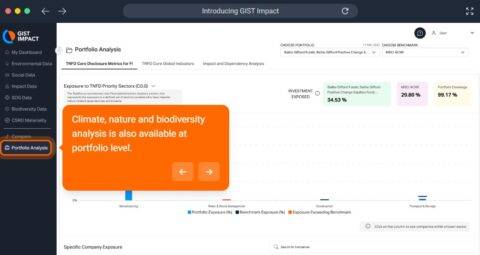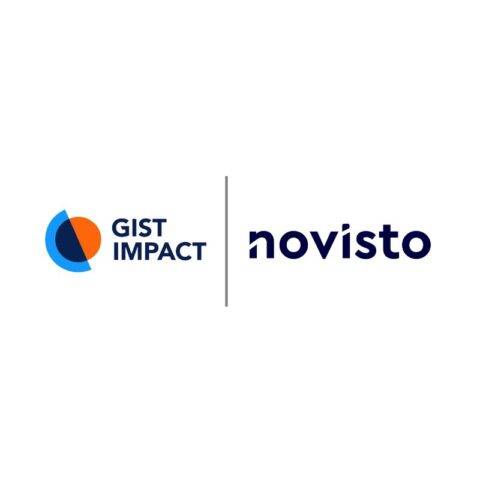
Beyond financial performance: The nature risks in MSCI ACWI
The MSCI ACWI is one of the world’s most well-known indices, serving as the benchmark for ca. USD 5 trillion in assets under management. The MSCI ACWI is the world…

The MSCI ACWI is one of the world’s most well-known indices, serving as the benchmark for ca. USD 5 trillion in assets under management. The MSCI ACWI is the world in an index, covering approximately 85% of the global investable equity opportunity set across 23 developed markets and 24 emerging markets countries.
But how good is it for the world?
At GIST Impact, we offer a suite of science-backed climate, nature and biodiversity data to assess real and emerging impacts, dependencies, risks and opportunities – aligned to TNFD, PBAF and other reporting requirements.
So we ran some analysis to see what lies beneath the surface of financial performance.
As a first step, we located the interface between the index and nature.
We analysed over 1.7 million individual business assets across the index constituents.
We found that:
Additionally, by weighting the proportion of company assets by the size of the holding in the index, we found:
So what does this tell us?
Firstly, that financial performance is far from the full picture. Companies are inherently connected to nature: they draw from, and affect, natural ecosystems.
Secondly, that this connection to nature matters for financial performance. It is not just about the reputational damage of damaging nature. Healthy ecosystems are vital to business operations and resilience against physical risks. Degrading the natural world degrades value for shareholders and stakeholders alike.
But this is just the first step in our analysis.
Next time, we will evaluate MSCI ACWI’s impacts and dependencies on nature and biodiversity.

The MSCI ACWI is one of the world’s most well-known indices, serving as the benchmark for ca. USD 5 trillion in assets under management. The MSCI ACWI is the world…

We’re proud to share that GIST Impact has won the FStech Award for ‘𝗘𝗦𝗚 𝗮𝗻𝗱 𝗦𝘂𝘀𝘁𝗮𝗶𝗻𝗮𝗯𝗶𝗹𝗶𝘁𝘆 𝗦𝗼𝗹𝘂𝘁𝗶𝗼𝗻 𝗼𝗳 𝘁𝗵𝗲 𝗬𝗲𝗮𝗿’! With huge thanks to our incredible team for their dedication…

At GIST Impact, we’re excited to introduce our Climate, Nature, and Biodiversity Portfolio Analysis Tool—a science-backed, location-specific solution designed to bring clarity and actionability to nature-related finance. ✅ Delivering actionable,…

Compliance is complicated. But it really doesn’t have to be. The Corporate Sustainability Reporting Directive (CSRD) is reshaping how businesses disclose their sustainability impacts—but navigating its complexities can be incredibly…

The EU Omnibus package has arrived, and while the dust is yet to settle, it’s still a significant milestone on the road to impact-driven regulation. Yes, there have been eye-watering…

The UK Social Value Model has undergone significant changes, reflecting a growing emphasis on social sustainability and community impact. These changes are not just bureaucratic adjustments; they represent a fundamental…